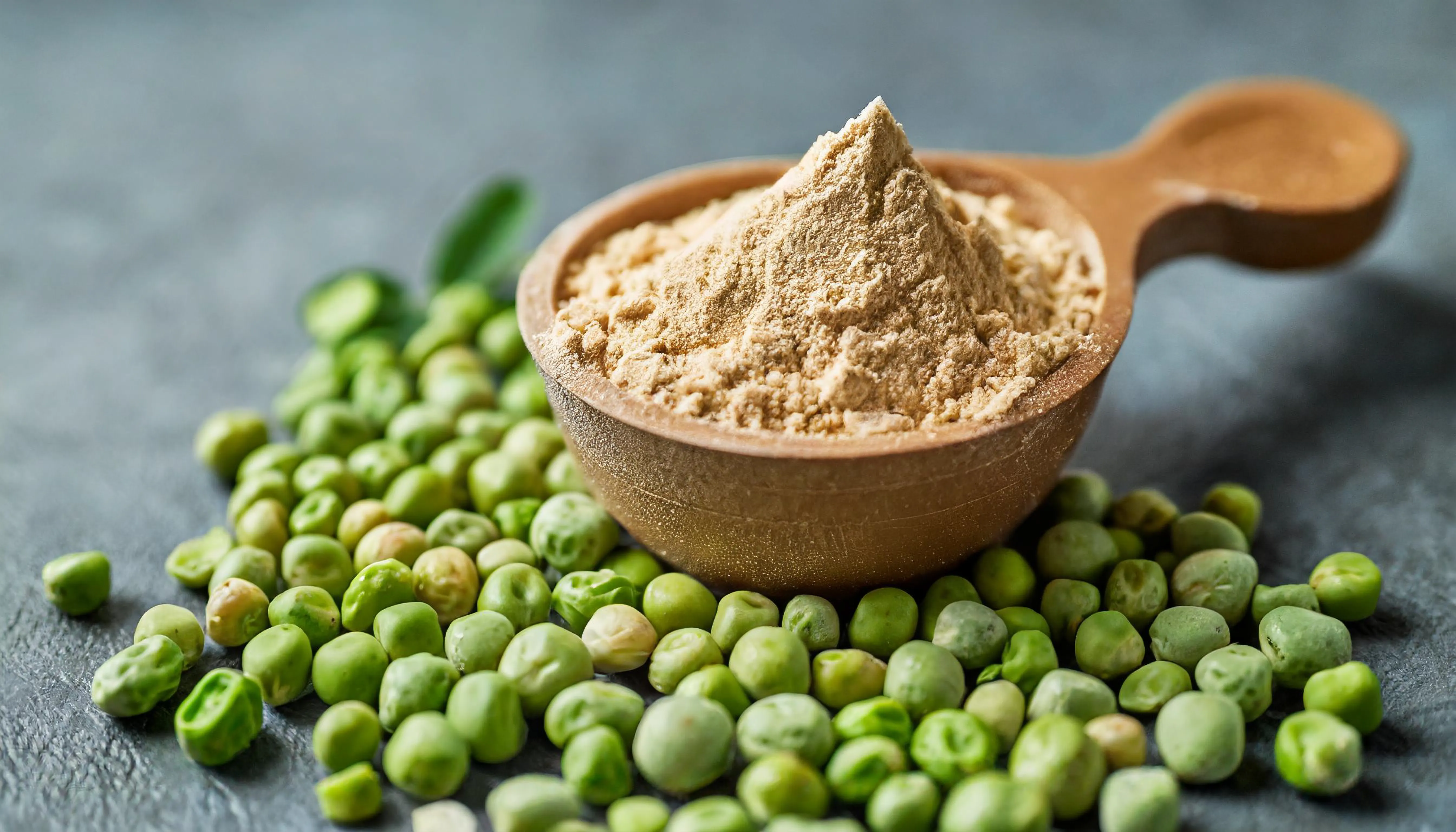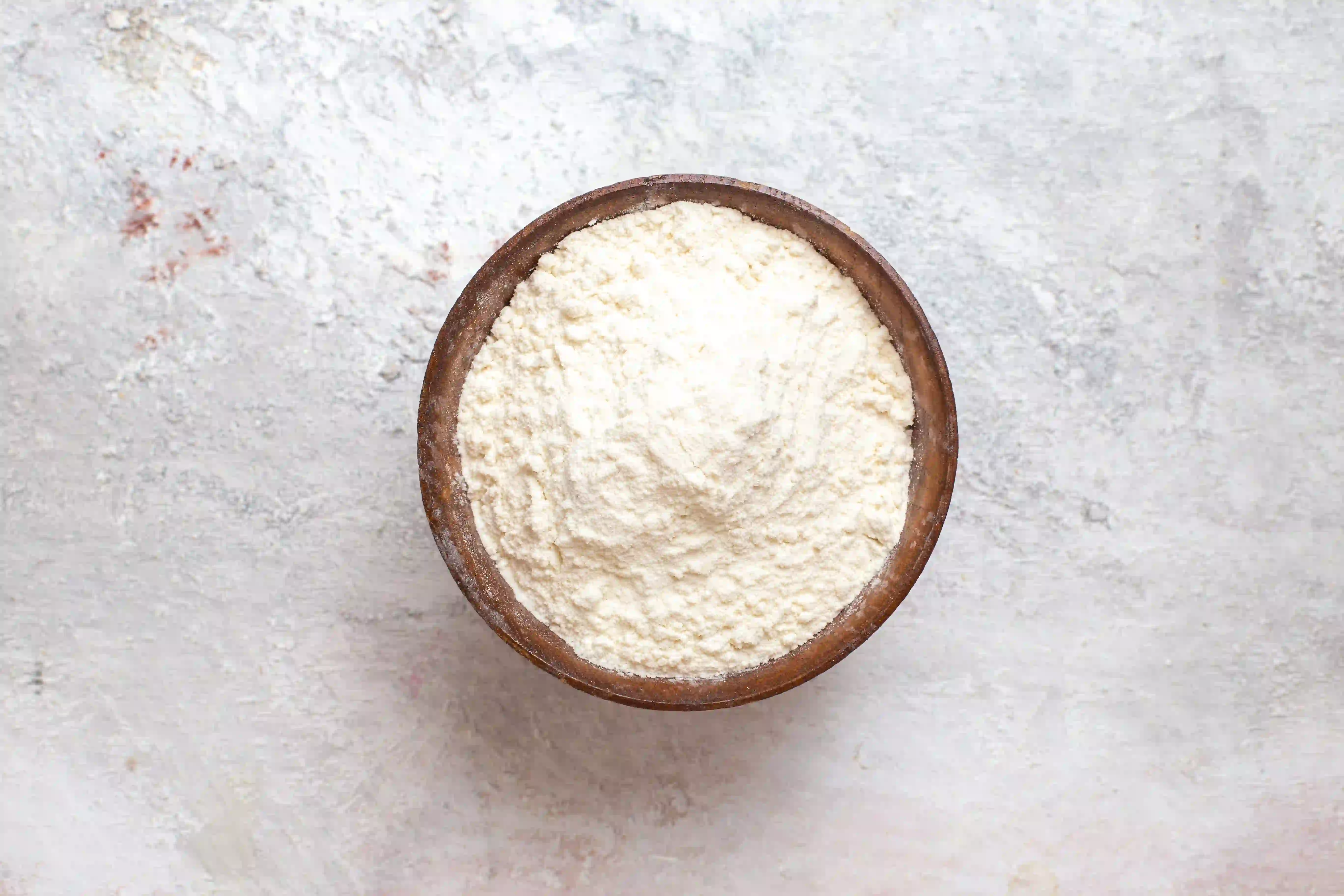Modified Tapioca Starch - China
|
Origin |
: China |
|
IUPAC Name |
: Tapioca Starch |
|
Cas Number |
: 9057-07-2 |
|
HS Code |
: 1108.14.00 |
|
Formula |
: C27H48O20 |
Basic Info
|
Appearance Name |
: White Powder |
|
Common Names |
: Cassava Starch, Starch, Tapioca Starch |
|
Packaging |
: 25 Kg PP/PE Bags |


----thailand.webp)


 English
English
 Indonesian
Indonesian
 简体字
简体字
 العربية
العربية
 Español
Español
 Français
Français
 Português
Português
 日本語
日本語
 한국어
한국어
 Tiếng Việt
Tiếng Việt
